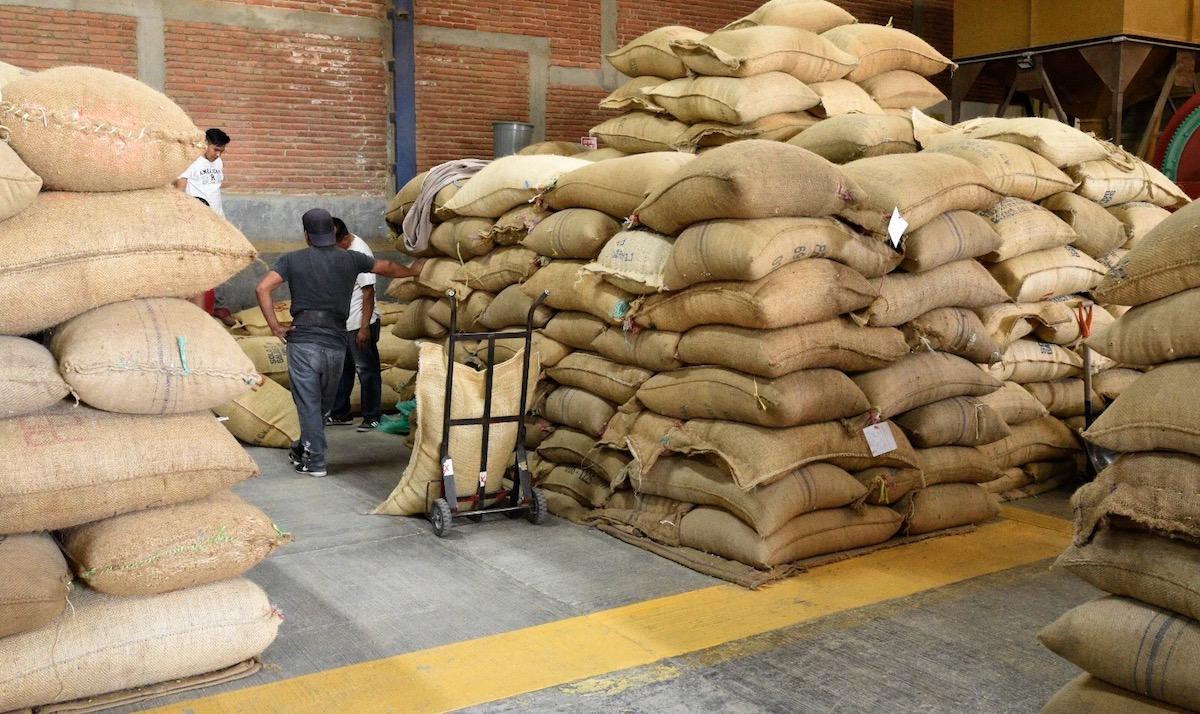The Journey from Seed to Cup
Coffee plants growing at Catalan de las Mercedes, Guatemala
In a time where coffee and convenience seem to go hand in hand, many people would probably be surprised to know just how hard it is to get this product to them. Let’s start with the fact that higher quality coffee production excels in places with predictable dry and rainy seasons, requiring elevations over 800 masl and as high as 3,000 masl. Often times these terraines are challenging to access, let alone pick. But let’s start with the plant itself and consider the journey:
1) A seed is planted in a nursery and grows for 1-2 years before being planted.
2) In 3-5 years, the plant is producing its first harvestable quantities.
3) If weather, climate, and soil health allow, trees will fruit 1-2x yearly.
Red Bourbon coffee trees
4) Only the ripest cherries should be picked, which usually means 3-5 pickings per year on a large scale. Seasonal labor is often used, even on small farms, because the timeline for perfectly ripe cherries is short.
5) Those cherries are processed. Speaking broadly, there are three main ways which producers begin to prepare green coffee: Natural, Honey (or Pulped Natural), and Washed. At this stage of processing, the goal is to prepare coffee down to its “parchment” layer, which is then delivered to a “dry mill” for further processing.
Coffee drying on raised bed
“Natural” coffees are prepared with little to no use of water. The whole cherries are set to dry in the sun for a designated amount of time. How often a farmer chooses to rake these piles, how deep they are, and other factors for controlling drying time are hugely impactful on taste.
“Honey” or “Pulped Natural” coffees are dried in a similar manner to full naturals, but the skin is removed. Distinctions like “White Honey” or “Red Honey” typically refer to the amount of fruit pulp left outside of the parchment when drying.
“Washed” coffees are produced by de-pulping the fruit. These coffees are cleaned even further with the assistance of fermentation tanks, where microbes in the water eat away at the remaining fruit pulp and affect the flavor of the coffee simultaneously. After 24-72 hours, these coffees are allowed to dry in the sun.
6) In 2-3 weeks the coffee is dry enough in its parchment layer to be bagged and distributed to the dry mill.
7) Coffee is milled for density, graded, sorted and prepared for export.
8) Exporters, importers, and occasionally, roasters, taste through lots to determine which they might want to buy.
9) Importers buy the coffee and arrange transportation.
Coffee bags warehoused in Mexico
10) The coffee is loaded into cargo containers and transported again to port.
11) The coffee spends 1-3 months on the open water to get to a port terminal, where it must pass through customs inspection.
12) The coffee is warehoused in large terminals across the US.
13) At some point, a roaster will sign a contract for coffee to be warehoused.
14) The roaster releases the coffee from the warehouse terminal, where it is loaded on a pallet for freight delivery to the roastery.
15) The roaster receives and stores the coffee.
“Green” coffee beans before they are sorted and roasted.
16) The coffee is roasted.
17) The coffee is ground.
18) The coffee is extracted with water.
19) The coffee is served!
Southdown Coffee, Oyster Bay







